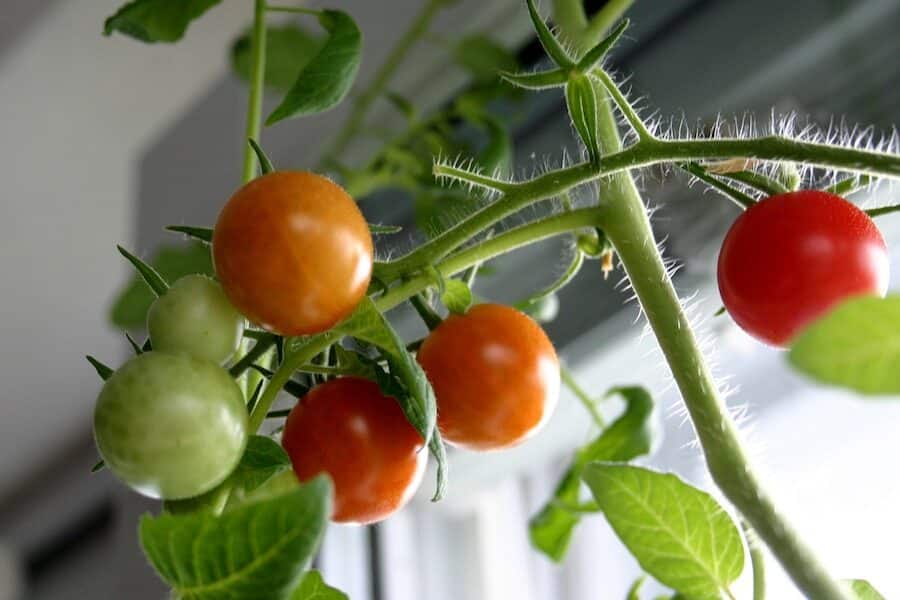
25 Jul Prune Your Tomato Plants For Optimal Growth
Is there anything quite like a big, juicy, ripe tomato? One of the most versatile fruits on the planet, it’s not only incredibly tasty, but also really, really good for you. They’re rich in vitamins A and C and folic acid, and also containing a wide array of nutrients and antioxidants, including alpha-lipoic acid, lycopene, choline, folic acid, beta-carotene, and lutein.
Grow tomatoes in your garden, and you’ll have the best—and most culinarily exciting—summer ever.
So how do you ensure that your tomatoes grow to become the largest, most flavourful tomatoes? The secret is in pruning.
We’ve talked a little bit about pruning before, and pruning tomatoes yield similar results: more tomatoes grown over the length of the season, removing pests, etc.
The plant can concentrate on growing more fruit as opposed to more foliage, using plant sugars to grow and ultimately yielding larger, tastier tomatoes.
As pruning ensures that more leaves grow, more leaves are presented to the sun. This in turn encourages photosynthesis, increasing the efficiency of this crucial process. And of course, photosynthesis encourages more growth! It’s the perfect catch 22.

To prune or not to prune?
Through pruning properly, you can maintain the structure of the plant, and the ideal is a strong single-stem tomato plant. All of the plants’ energies will be directed into one stem, which yield the best tomatoes.
The leaves on a pruned plant also dry faster, preventing bacteria or fungus to grow.
Note that not all tomato plants need to be pruned. There are two types of tomatoes: determinate and indeterminate. Determinate tomatoes, which include beefsteak and sandwich tomatoes. Pruning won’t make a difference for these guys, and in fact can prevent your plants from growing fruit, as they grow at the tips around the same time.
Indeterminate tomatoes produce vine-like stems, and pruning is necessary on these plants as they will continually grow until the plants die. Unlike determinate tomato plants, indeterminate tomato plants do not grow fruit; rather, they grow on side shoots.
Four stems is the most you’d want your indeterminate tomato plant to have. The fewer stems your plant has, the larger your tomatoes. Though you will grow fewer each time, you’ll get more tomatoes that are better in the long-run as your plant will live for longer.

The how-to and what nots
Pruning is simple: either use your fingers to pinch off where a stem meets the stalk, or use a pair of gardening scissors, though you most likely won’t need that. What you’re pruning are the “suckers,” or the small shoots that grows at the joint where the branch of the tomato plant meets the stem.

If left unpruned, it’s the suckers that will grow into branches that you don’t want more than four of. So, when they’re still small, pinch them right off. The best time to prune suckers is early in the morning on a dry day, which will promote the wound to heal.

Tomatoes can also be grown in an Urban Cultivator indoor garden. Soil-free and hassle-free using hydroponics and automated controls that keep the temperature and light at optimal levels, it’s the easiest way to grow.
Pruning is the same for plants grown in an Urban Cultivator; pinch off those suckers, and you’ll get great tomatoes.
Do you have any extra tips about pruning tomato plants? Let us know in the comments section!

